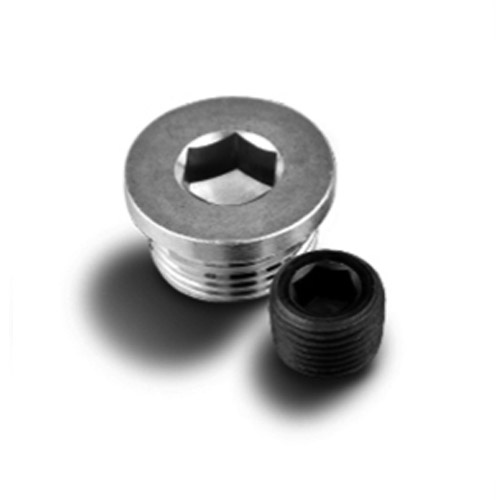

Hot Dipped Galvanized Rods for Enhanced Durability and Corrosion Resistance in Construction Projects
Nov . 06, 2024 07:01 Back to list
Hot Dipped Galvanized Rods for Enhanced Durability and Corrosion Resistance in Construction Projects
Understanding Hot-Dipped Galvanized Rods A Comprehensive Guide
Hot-dipped galvanized rods are essential components in a variety of industries, including construction, manufacturing, and infrastructure. Their unique manufacturing process imparts durability and corrosion resistance, making them ideal for applications exposed to harsh environmental conditions. This article delves into the features, benefits, applications, and production process of hot-dipped galvanized rods.
What is Hot-Dipped Galvanization?
Hot-dipped galvanization is a method of applying a protective zinc coating to steel or iron to prevent rusting. The process begins with cleaning the metal surface to remove any impurities, such as dirt, oils, and oxides. The cleaned metal is then immersed in a bath of molten zinc at temperatures typically around 450°C (about 840°F). This immersion allows the zinc to react with the steel, forming a series of zinc-iron alloy layers, followed by a layer of pure zinc on the surface. The resulting coating significantly enhances the metal's resistance to corrosion, even in challenging environments.
Benefits of Hot-Dipped Galvanized Rods
1. Corrosion Resistance The primary advantage of hot-dipped galvanized rods is their exceptional resistance to corrosion. The zinc coating serves as a barrier between the metal and atmospheric elements, preventing oxidation. This makes galvanized rods ideal for outdoor applications or areas with high humidity.
2. Durability Hot-dipped galvanized rods are known for their durability. The zinc coating can withstand rough handling and exposure to varying temperatures, ensuring that the rods maintain their integrity over time.
3. Cost-effectiveness While the initial investment for hot-dipped galvanized rods might be higher than uncoated steel, their longevity and the reduced need for repairs or replacements make them a cost-effective choice in the long run.
4. Low Maintenance Galvanized rods require minimal maintenance, primarily due to their protective zinc layer. This attribute saves time and resources for businesses, allowing them to focus on other operational areas rather than frequent upkeep.
5. Versatility These rods can be used in numerous applications, ranging from electrical utilities, building frameworks, and outdoor furniture to highway guardrails and agricultural fencing. The versatility of hot-dipped galvanized rods makes them a popular choice across industries.
Applications of Hot-Dipped Galvanized Rods
Hot-dipped galvanized rods find a broad range of applications due to their robust nature
. Some notable uses include- Construction In the construction industry, galvanized rods are often used as reinforcement bars (rebars) in concrete structures, providing additional tensile strength and ensuring longevity.
hot dipped galvanized rod

- Electrical Supports They are commonly employed as structural supports for electrical systems, including utility poles and communication towers. Their corrosion resistance is crucial in prolonging the lifespan of these installations.
- Agriculture Hot-dipped galvanized rods are used in the farming sector for building fences, gates, and support structures that require durability against weather conditions.
- Transportation In road construction, they are widely used for barriers, railings, and signage supports, where exposure to the elements is a considerable concern.
The Production Process
The production of hot-dipped galvanized rods involves several critical steps
1. Surface Preparation The rods are cleaned through various processes, such as pickling in acid, which removes rust and mill scale.
2. Fluxing After cleaning, the rods are treated with a flux solution, which helps prevent oxidation of the steel before it enters the molten zinc bath.
3. Galvanizing The prepared rods are immersed in the molten zinc bath, where they undergo the galvanization process.
4. Cooling and Inspection After galvanization, the rods are removed and cooled. They undergo quality inspection to ensure they meet industry standards.
5. Packaging Finally, the rods are packaged for distribution, ready to be used in various applications.
Conclusion
Hot-dipped galvanized rods are indispensable in modern construction and manufacturing due to their unique advantages and versatility. Their corrosion resistance, durability, and low maintenance make them an ideal choice for projects that require longevity and reliability. Understanding their features and applications can help industries make informed decisions when selecting materials for various projects. As innovation in galvanization techniques continues, we can expect even more enhancements in quality and performance, solidifying the role of hot-dipped galvanized rods in our infrastructure and daily lives.
Latest news
-
Hot Dip Galvanized Bolts-About LongZe|High Strength, Corrosion Resistance
NewsJul.30,2025
-
High-Strength Hot Dip Galvanized Bolts - Hebei Longze | Corrosion Resistance, Customization
NewsJul.30,2025
-
Hot Dip Galvanized Bolts-Hebei Longze|Corrosion Resistance&High Strength
NewsJul.30,2025
-
High-Strength Hot-Dip Galvanized Bolts-Hebei Longze|Corrosion Resistance&High Strength
NewsJul.30,2025
-
Hot Dip Galvanized Bolts-Hebei Longze|Corrosion Resistance&High Strength
NewsJul.30,2025
-
Hot Dip Galvanized Bolts - Hebei Longze | Corrosion Resistance, High Strength
NewsJul.30,2025

